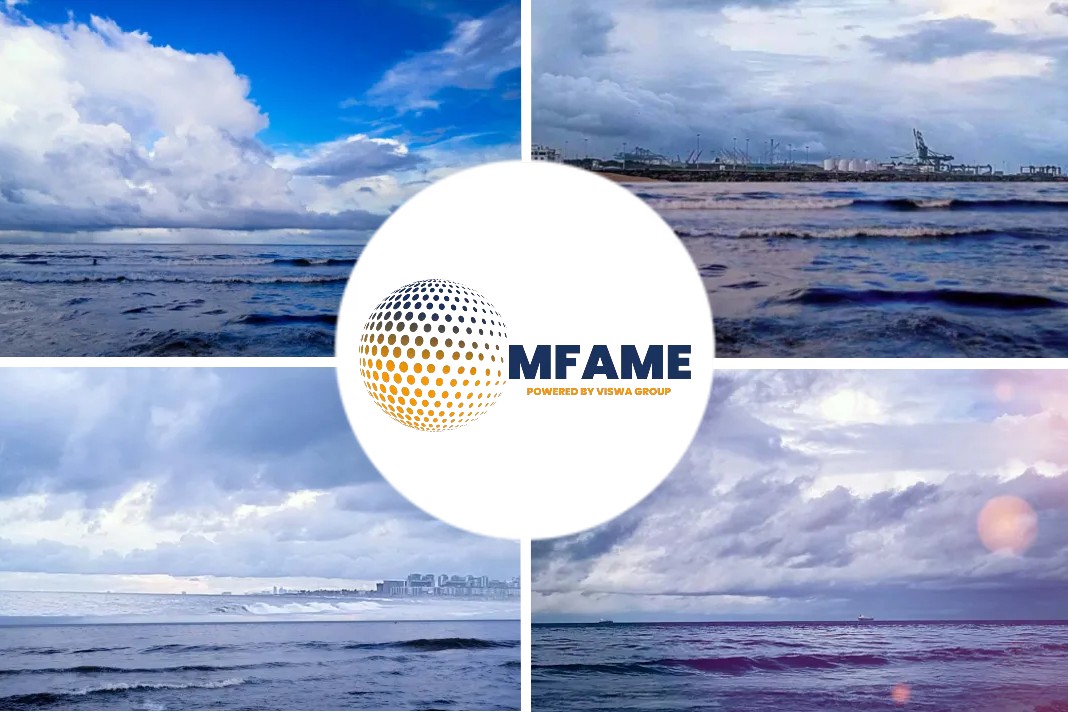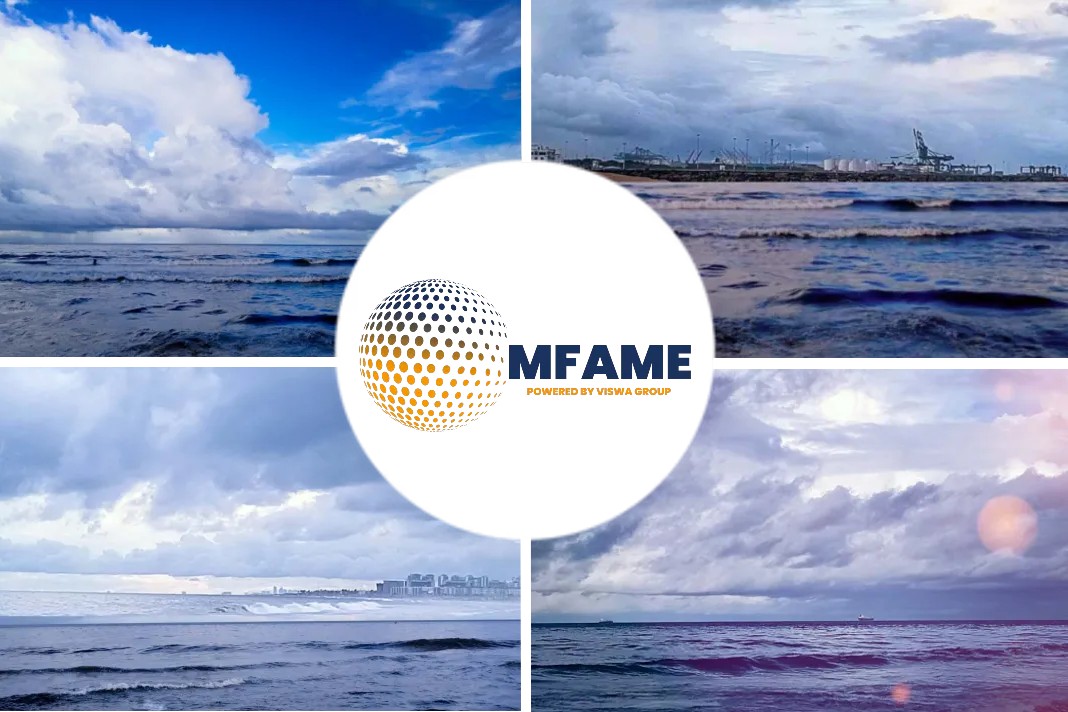Surging growth in renewable energy generation around the world and a construction boom in South East Asia that is expected to run for the next 10 years is good news for the once ailing multipurpose shipping fleet, says Drewry’s Multipurpose Shipping Forecaster in its report.
Optimistic outlook
In the latest edition of Drewry’s Multipurpose Shipping Forecaster report, it has declared that they remain cautiously optimistic about the outlook for the sector. There are some caveats to this optimism as global general cargo demand is set to grow at a rate of just 2% per year to 2022, while the multipurpose and heavylift fleet is expected to contract at less than 1% per year over the same period. Meanwhile, the threat of a trade war continues to loom over the horizon and the competing sectors are not yet secure enough to migrate from this sector.
Multipurpose vessels benefit from the growth in demand for both breakbulk and project cargo and, while it is clear that both are affected by modal competition and trade tariffs, the latter has seen some renewal in certain sectors.
Renewable energy to MPV sector
In BP’s latest energy outlook, global consumption of fuel in 2017 is compared to 2016 (see Figure 1). Although renewable energy consumption is still a minor part of the global mix, it is growing at a faster rate (almost 17% year-on-year) than any of the other fuel types.
Fig.1: Global consumption of primary energy by fuel type (million tonnes oil equivalent)
Wind energy provided more than half of that renewables growth, which is positive news for the multipurpose (MPV) sector. The equipment needed for a wind farm, including the blades and towers, is ideally suited to the MPV fleet.
The equipment is large, unwieldy (project) cargo, which needs a vessel that can both lift and stow it correctly. Also the top two manufacturers are based in Europe, whilst the top regions for growing installed capacity are in Asia – a perfect trade route and a growing market for project carrier tonnage.
Increased power generation
China reported a 25% increase in power generation from renewables in 2017, compared to 2016, to 106.7 million tonnes oil equivalent (mtoe), which is 22% of the global renewable power. Within that global increase, some regions have a much bigger share than others. Asia Pacific represents some 36% of renewable energy consumption (including China alone amounting to 22%). The EU is worth 33% and North America 23%. Asia Pacific is also the fastest growing region with 2017 consumption up almost by 25% on 2016.
OBOR initiative
The other significant factor in our uplift for demand is a region-wide construction boom for South East Asia that is expected to last the next ten years. It is largely fueled by China’s One Belt One Road (OBOR) initiative, which will link China to Europe through Central and South-East Asia.
The latter is a pivotal element in the initiative and it is expected that China will develop these projects aggressively. India’s annual construction investment is also expected to increase by about a third over the next five years to an average of $170 billion per year.
Can volatility be withstood?
The outlook for the competing sectors, although mixed going into the final quarter of the year, remains positive for the medium term. It is true that the impact of US tariffs is more keenly felt by the container shipping lines, but here also there is still a growth forecast, albeit at a slightly weaker rate than previously expected.
There may be trouble ahead but the green shoots of recovery appear weather-proofed to withstand the volatility expected by the end of 2018. Longer term, owners are more positive post 2020 when the true picture of the various environmental regulations will have become much clearer.
Fig.2 Development of dry cargo demand (million tonnes)
Did you subscribe for our daily newsletter?
It’s Free! Click here to Subscribe!
Source: Drewry



















![[Watch] How Oil Rigs are Transported by Semi-submersible Vessel](https://mfame.guru/wp-content/uploads/2023/11/mfame-tanker-100x70.jpg)
